By Sarah Ditelberg, Kenzie MacDonald, and Melissa Hurley
Did you know that mammoths are closely related to elephants and share a lot of features? Anatomy can give us clues as to how this gigantic mammal lived.
Anatomy of the Mammoth
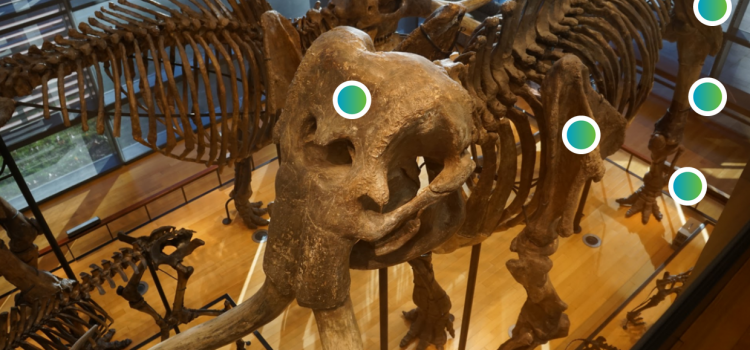
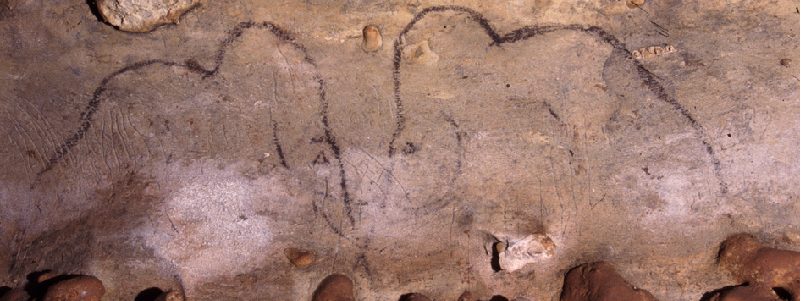

By Sarah Ditelberg, Kenzie MacDonald, and Melissa Hurley
Did you know that mammoths are closely related to elephants and share a lot of features? Anatomy can give us clues as to how this gigantic mammal lived.
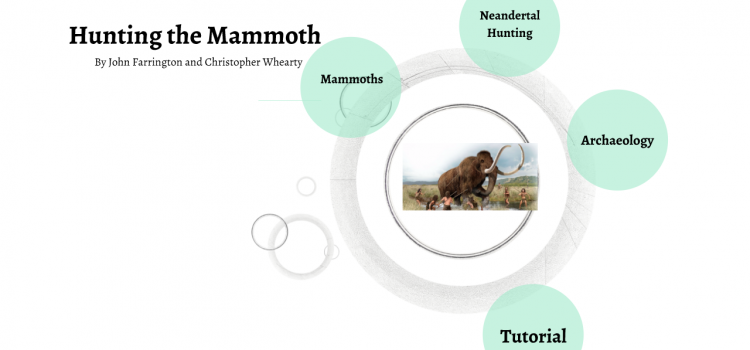
By John Farrington and Christopher Whearty
One way mammoths interacted with humans was through hunting. Explore the archaeological data from a number of sites in North America and Western Europe.

By Meredith Mikaelian and Henry Tager
This presentation will discuss both the history and future of mammoth paleontology, and will also share information on some of the most famous mammoth archaeological finds across the globe.

By Madison Brigati and Tiarra Fisher
Track the spread of these great animals, and the stepping stones they took on the path of evolution.
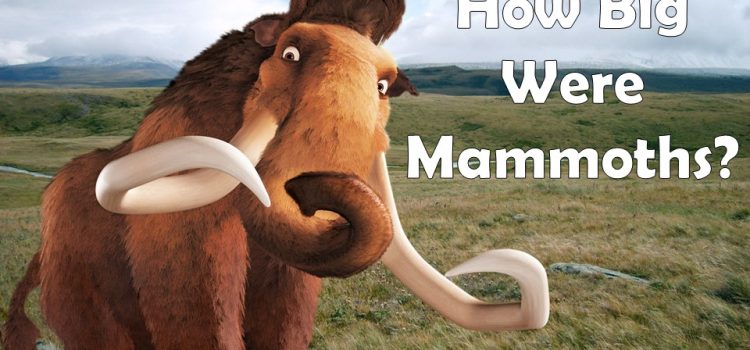
By Melissa Hurley, Kenzie Macdonald, and Sarah Ditelberg.
We know that Mammoths were big but just how big were they? Their massive size and weight had many different components that will be explained in this short video.

By Mariah Morse and Jacob Lombardi
What if you could see a real, alive mammoth in a zoo today? How is that possible? Should that be possible? Learn about the science and ethics of bringing the mammoth back to life through cloning.

By Kenzie Macdonald, Sarah Ditelberg, and Melissa Hurley
Scientists combine what they know about elephants living today with what they can tell from mammoth skeletons in order to figure out how these magnificent mammals likely moved.
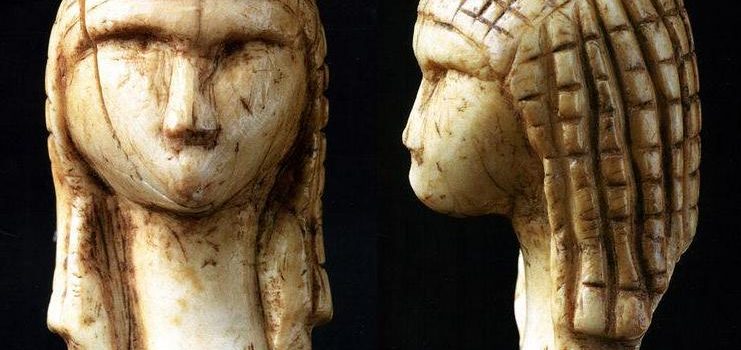
by Tristan Hancock and Maura Maginnis
What relationship did humans have with mammoths thousands of years ago? The art on the walls of caves and other rock structures, and on the bones of mammoths themselves tells us.